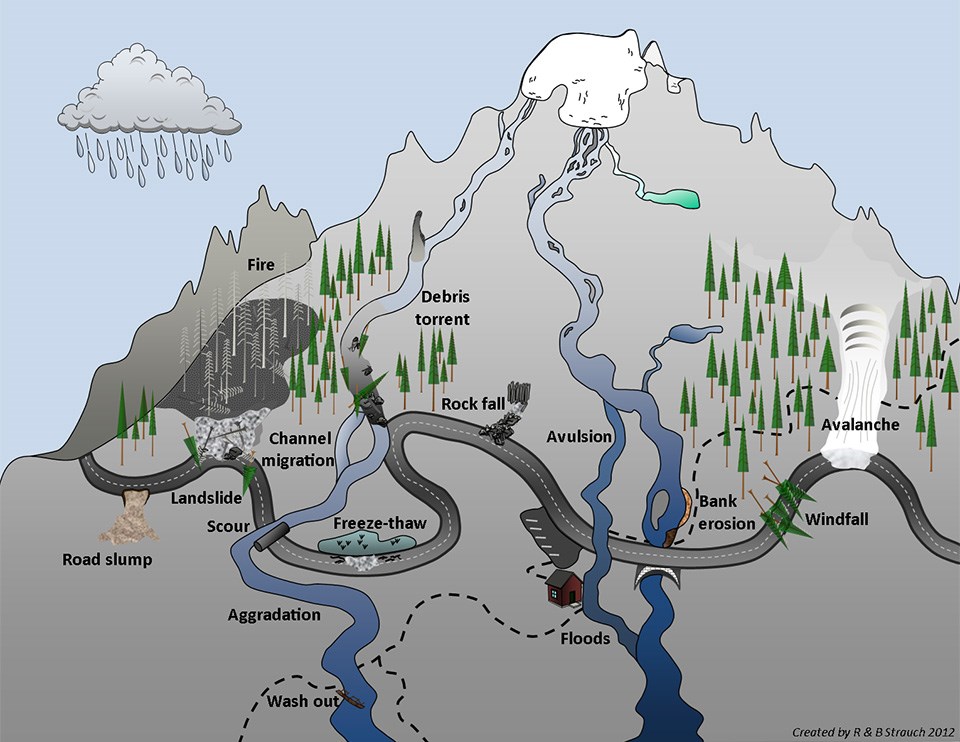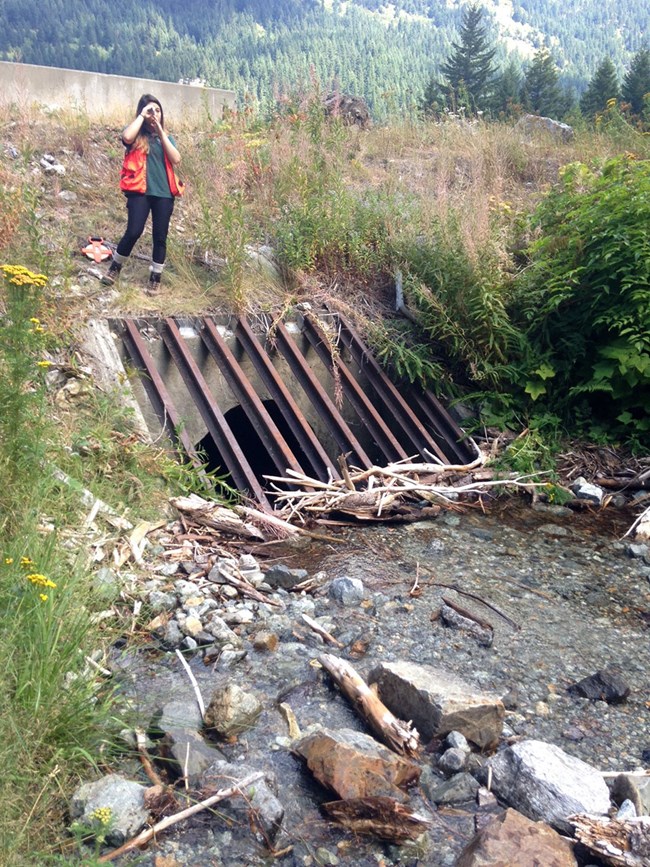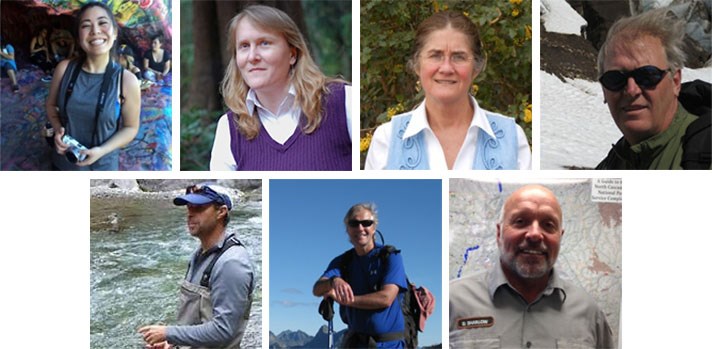Last updated: May 8, 2023
Article
Climate Adaptation: Adapting Road and Trail Infrastructure to Changing Hydrologic Flows
Climate models project average warming in the Pacific Northwest of 2.1 °C by the 2040s and 3.8 °C by the 2080s. Warmer temperatures will influence precipitation patterns in the northern Cascades by shifting many watersheds from snow to rain dominated systems. These shifts will result in more autumn/winter floods, higher peak flows, and lower summer flows.
How Will Changes in Hydrology Affect Park Transportation Systems?
Park roads and trails are designed to withstand local climate and environmental conditions. In the North Cascades, these conditions include periodic high water flows, avalanches and debris flows, landslides, and rock fall. Road and trail infrastructure should also be designed to protect aquatic organisms, vegetation, and wildlife corridors.

Ronda and Brad Strauch
Watersheds are often classified by the percentage of precipitation that falls as rain versus snow. Rain dominated watersheds receive <10% of winter precipitation as snow. Snow dominated watersheds receive more than 40% of their winter precipitation as snow and mixed rain and snow are in between the two. Rain dominated watersheds often have highest streamflows in the fall while snow dominated basins have highest flows in the spring during snowmelt.

In North Cascades National Park Service Complex, roads are currently distributed evenly between all three watershed types. However, with warmer temperaures and decreases in snowpack, climate scientists expect most roads to be in watersheds that are rain dominated. Future climate is projected to increase stream temperatures, change streamflow timing & flooding, and lower summer minimum flows. Higher stream flows will stress existing culverts, bridges, roads, and trails. Lower and higher flows will also threaten some fish spawning, fish passage, and habitat of aquatic organisms.

NPS
Culverts that convey streamflows under roads or trails will be at an increased risk of inundation, scour, clogging, and failure as flood extremes increase with climate change. Culvert performance affects park ecosystems (stream function, aquatic organism passage) as well as transportation by park visitors and park staff.

NPS
What Are We Doing?
- Park scientists, facilities staff, and data managers are working with University of Washington to integrate projections of climate-based, future streamflows into park transportation planning and management
- Update our culvert inventories using a Culvert Inventory App tailored for use with Survey123 for ArcGIS by the University of Washington that will enable us to geo-reference location and data on culverts
- Compare current culvert capacities to future flows and identify culverts that are most at risk to higher stream flows and those that may be resilient
- Integrate databases on culverts with known locations of fish and amphibians
- Improving our protection of ecosystems, recreational opportunities, and natural processes by adapting our transportation system to changing climates
Project Funding
This project was conducted through the Pacific Northwest Cooperative Ecosystem Studies Unit, with funding support provided by the North Cascades National Park Service Complex in Task Agreement P13AC00706 and the National Science Foundation, CBET-1336725.
Project Team

Bottom: Ashley Rawhouser, Jack Oelfke, and Don Sharlow
Angelina Nguyen was a senior at University of California – Los Angeles majoring in Geography/ Environmental Studies and Political Science when she worked on this project. At that time she was also an intern with the National Park Service George Melendez Wright Young Leaders in Climate Change Program.
Ronda Strauch, Ph.D. was a Ph.D. Candidate in Dr. Erkan Istanbulluoglu’s Watershed Dynamics Research Group in the Department of Civil and Environmental Engineering at the University of Washington during the course of this project. Her research focuses on the vulnerability of transportation to climate change, particularly landslides. She is currently the Climate Change Research and Adaptation Advisor at Seattle City Light.
Regina M. Rochefort, Ph.D. was the Science Advisor at North Cascades National Park Service Complex and Project Lead for this study. Currently retired, she continues to study the influence of climate change on high elevation ecosystems and adaptation of park management to climate change as a volunteer with the National Park Service.
Jon Riedel, Ph.D. is North Cascades National Park Complex’s Geomorphologist. His primary research focus is glacial history of climate change and the implications of modern climate change on water resources and park management.
Ashley Rawhouser is North Cascades National Park Complex’s Aquatic Ecologist. He manages programs including long-term monitoring of mountain lakes, water quality, and fish management.
Jack Oelfke is the Chief of Natural and Cultural Resources at North Cascades National Park Service Complex.
Don Sharlow is the Facility Manager at North Cascades National Park Service Complex.
More Information
Source: NPS DataStore Saved Search 3551. To search for additional information, visit the NPS DataStore.
Summary by the North Cascades National Park Service Complex, June 2016.
